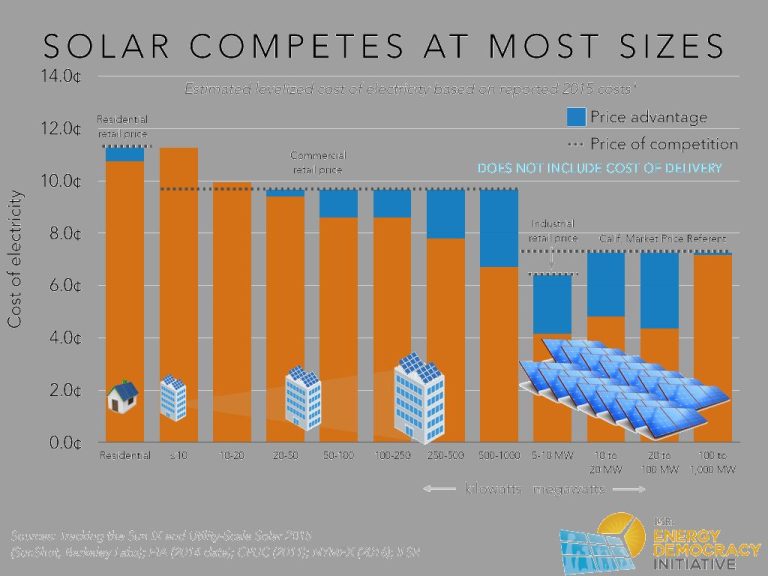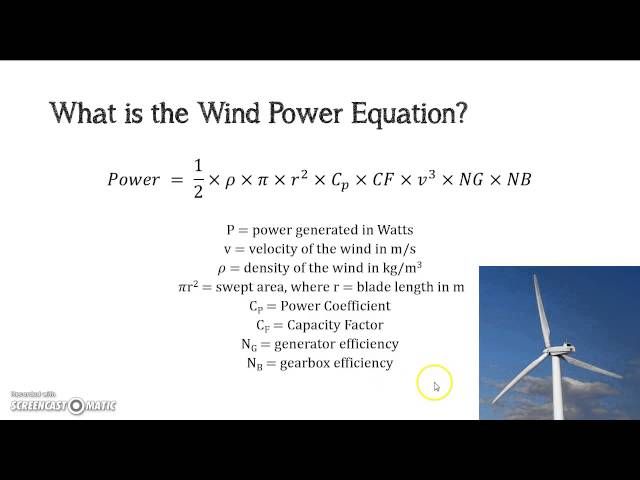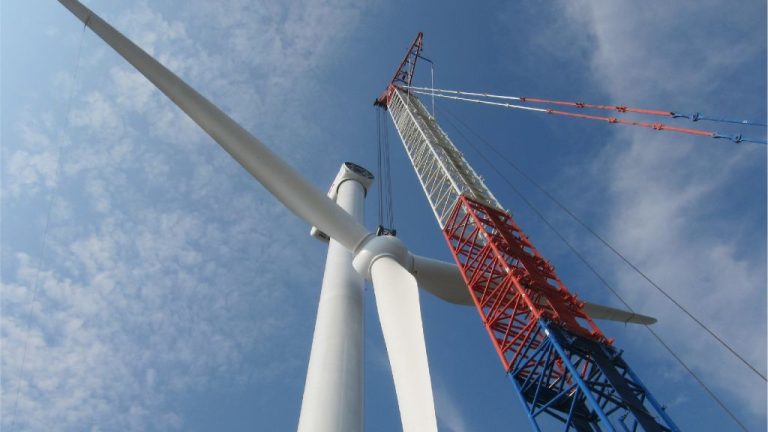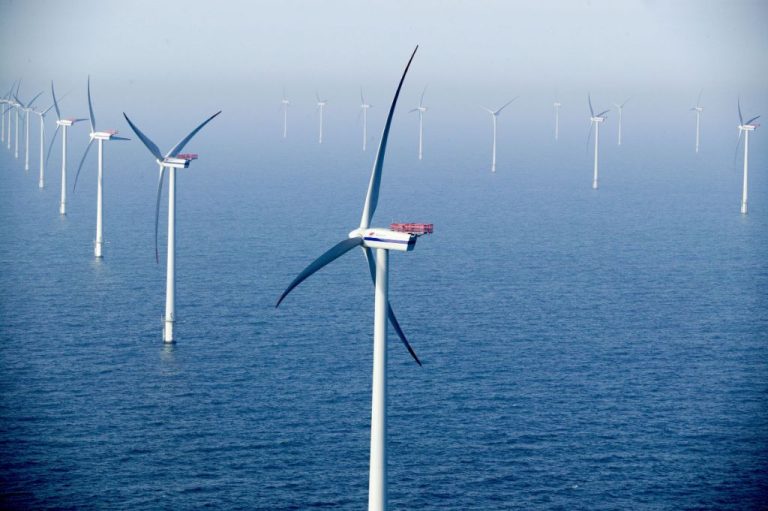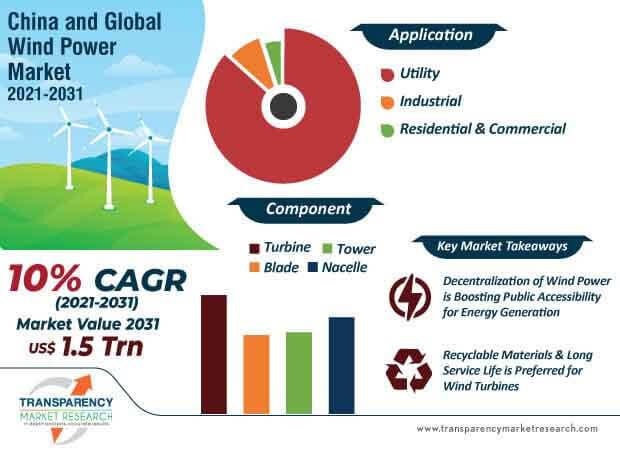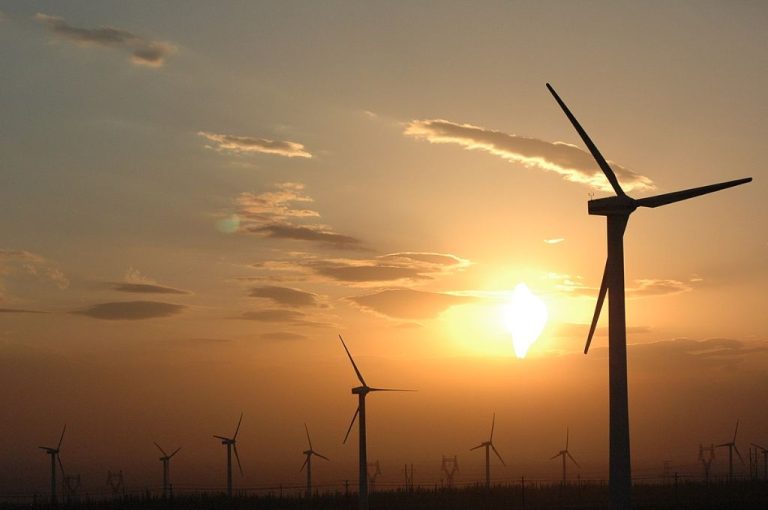What State Produces The Most Wind Power?
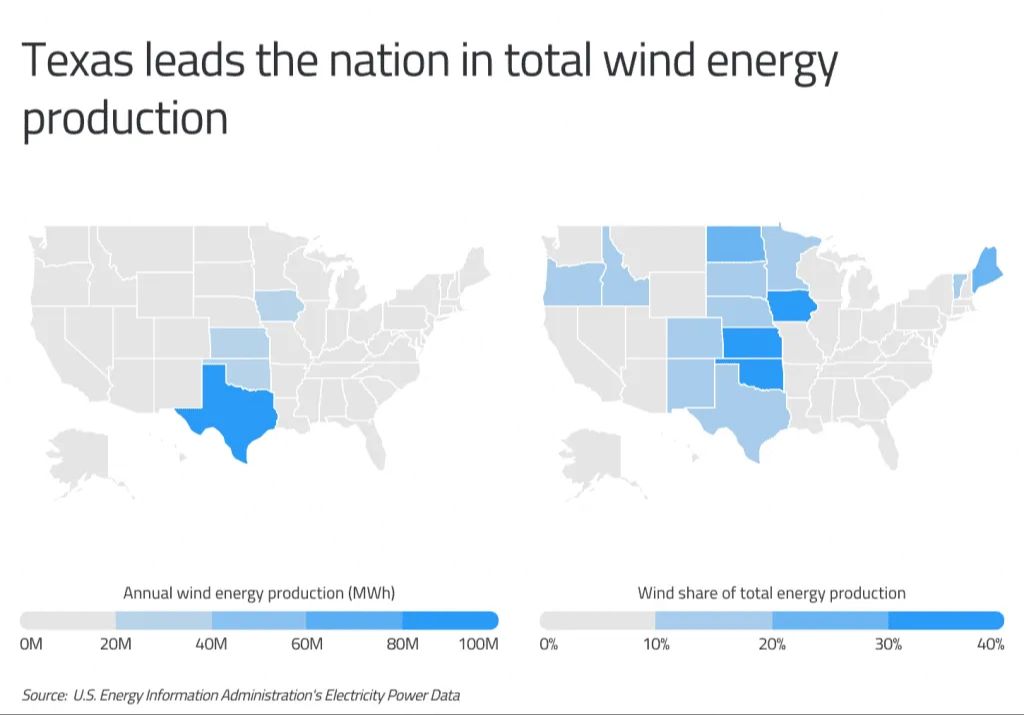
In the past two decades, wind power has emerged as one of the fastest growing renewable energy sources in the United States. The American Clean Power Association reports that wind power capacity totals 146 GW as of 2022, making it the fourth-largest source of electricity generation capacity in the country. This is enough wind power to serve the equivalent of 43 million American homes.
The Growth of Wind Power
Wind power capacity in the United States has seen rapid growth over the past decade. According to the U.S. Energy Information Administration, total annual electricity generation from wind energy increased from about 6 billion kilowatthours (kWh) in 2000 to about 380 billion kWh in 2021.[1] This represents an over 6,000% increase in wind power generation in just two decades. Wind power went from providing less than 1% of total U.S. electricity generation in 2000 to producing over 9% in 2021.
Recent projections from the U.S. Department of Energy expect this strong growth to continue, with wind power accounting for over 22% of all new electricity capacity additions in 2022.[2] Overall, U.S. wind power capacity totals over 146 gigawatts (GW) today, making wind the top source of renewable electricity after hydropower.
This expansion has been driven by improving wind turbine technology, government policy incentives, and the declining cost of wind power. According to the Department of Energy, the average cost to install new wind power declined by over 70% in the last decade, making it more economically competitive with conventional sources.
With high wind resource potential across much of the U.S., wind energy is poised to continue its rapid growth and make up an increasing share of the nation’s electricity generation mix.
[1] https://www.eia.gov/energyexplained/wind/electricity-generation-from-wind.php
[2] https://www.energy.gov/articles/us-department-energy-projects-strong-growth-us-wind-power-sector
Top Wind Power Producing States
Texas leads the nation by a wide margin in installed wind power capacity, with over 30,000 megawatts as of 2021 according to the American Clean Power Association (https://cleanpower.org/wp-content/uploads/2021/05/ACP_FactSheet_Top20States_2021.pdf). This is more than double the capacity of the next highest state, Iowa, which has over 10,000 megawatts. Here are the top 5 states for installed wind power capacity:
- Texas – 30,037 MW
- Iowa – 10,965 MW
- Oklahoma – 9,388 MW
- California – 7,222 MW
- Kansas – 6,644 MW
Other states with significant wind power capacity include Illinois, Minnesota, New York, and Colorado. Wind power growth continues to accelerate, with 16 states now producing over 1,000 megawatts from wind. Advances in turbine technology allow projects to be economically built in more locations, leading to distributed wind development across much of the Midwest, West, and parts of the Southeast.
#1 – Texas
Texas is the top wind power producing state in the United States. According to the Texas Comptroller, Texas generated over 40,000 megawatts of wind power in 2022, accounting for more than 26% of all wind energy in the country. The massive growth of wind farms across rural Texas has propelled it to the number one spot for wind generation nationwide.
Several factors have contributed to Texas becoming a leader in wind power capacity. Texas has excellent wind resources, with strong and consistent wind speeds ideal for wind turbines. Much of the state also has flat empty land that provides opportunities to construct large-scale wind projects. Texas has invested heavily in transmission lines that allow wind power to be delivered from rural areas to population centers like Dallas, Houston, and Austin. The state legislature has also passed renewable portfolio standards that encouraged the growth of renewable energy. Finally, federal tax incentives have made wind an affordable option for energy producers in the competitive Texas electricity market.
Government Incentives
Government incentives at both the state and federal level have been crucial drivers of wind power growth in recent years. Tax credits, rebates, and other policies have made wind power more affordable and incentivized further investment.
At the federal level, the production tax credit provides a tax credit per kilowatt-hour of electricity generated by qualified energy sources like wind power. This credit has been extended and expanded multiple times, most recently through the Inflation Reduction Act of 2022 which provides a 30% investment tax credit for wind power projects started by the end of 2032. These federal incentives have catalyzed tens of billions of dollars in private investment into the wind industry.
Many states also offer additional incentives on top of federal policies. For example, Texas has provided exemptions for wind power from property taxes as well as sales tax exemptions on equipment purchases. The state also offers franchise tax deductions based on capital investment in renewable projects. These state-level policies have complemented federal incentives to promote dramatic growth in wind power capacity in states like Texas.
In total, federal and state incentives have made wind power more affordable, predictable, and financially attractive for energy producers. By spurring rapid growth in wind power capacity, these government policies have played a pivotal role in making wind a mainstream energy source accounting for over 9% of total U.S. electricity generation.
Future Outlook
The future of wind power in the US looks promising. According to the American Wind Energy Association (AWEA), wind power capacity is projected to grow from over 122 GW in 2021 to over 200 GW by 2030 and 500 GW by 2050 (source). This represents a massive expansion in wind energy’s share of US electricity generation, doubling from over 9% today to 20% by 2030 and supplying over a third of US electricity by 2050.
Massive project pipelines and continued technological improvements will drive capacity growth. Over 45 GW of new wind projects are currently under construction or in advanced stages of development (source). Turbines are also getting much larger and more efficient. The average turbine size has increased 45% over the past decade, boosting power output substantially.
However, future growth depends heavily on supportive policies like the federal Production Tax Credit. Uncertainty over extending this subsidy hampers long-term investments. But with most experts predicting continued policy support, thestage appears set for wind power to become a major pillar of the nation’s renewable energy future.
Environmental Benefits
Wind power provides substantial environmental benefits compared to fossil fuel-based electricity generation. According to a
2017 study, generating electricity from wind turbines rather than fossil fuels
provides significant reductions in air pollution and greenhouse gas emissions. The study found that in 2016 alone, wind power in the United States avoided over 100 million metric tons of carbon dioxide emissions. It also avoided the emissions of over 7,000 tons of sulfur dioxide and 3,000 tons of nitrogen oxide. These avoided emissions provide major improvements in air quality and public health.
The environmental benefits of wind power stem from its lack of emissions during operations. As a renewable energy source, wind turbines generate electricity without burning fossil fuels. This avoids the extensive air and carbon pollution caused by coal and natural gas power plants. In addition, wind power consumes virtually no water compared to fossil fuel plants which require millions of gallons of water for cooling. This helps conserve precious water resources.
Overall, research shows that increased utilization of wind power brings substantial climate and air quality benefits. Ramping up wind energy can significantly reduce electric sector emissions and help mitigate climate change and environmental degradation caused by fossil fuel dependence.
Economic Impact
The wind power industry has had a significant positive economic impact in recent years. According to a 2017 study, the wind energy industry supported over 100,000 jobs in 2016 (https://res.mdpi.com/d_attachment/energies/energies-13-03667/article_deploy/energies-13-03667-v2.pdf). Many of these are skilled jobs in manufacturing, construction, operations, maintenance, and other areas. Each megawatt of wind power capacity installed creates around 0.33 long-term jobs according to some estimates.
Wind projects also produce lease payments for landowners, increasing financial stability in rural areas. The revenue from wind projects flows into local communities in the form of property taxes, payments to landowners, and local spending by wind farm employees. One estimate found that state and local tax payments from wind projects totaled $768 million in 2016, providing important funding for schools, infrastructure, and other public services (https://energy5.com/impact-of-wind-energy-on-job-creation-and-economic-growth).
Challenges
While wind power offers many advantages, expanding wind energy does face some challenges. One challenge is that wind power can be intermittent and variable depending on weather patterns. The wind doesn’t always blow when electricity is needed most. This can make integrating large amounts of wind power more complex for grid operators. However, technological advancements and improved forecasting tools are helping address this challenge.
Another challenge is that the best sites for wind turbines are often located in remote areas far from major cities where electricity demand is highest. New transmission infrastructure may need to be built to bring wind-generated electricity to population centers. Building long-distance, high-voltage transmission lines can be costly and time consuming.
There are also local community concerns in some areas about visual impacts, noise, and effects on wildlife. Careful wind farm siting and community engagement can help address these concerns. Some people perceive wind turbines as visually unappealing. But surveys show that most people feel positively about wind energy overall, especially given the environmental benefits.
Despite these challenges, wind power has proven it can provide affordable, renewable electricity at large scale when resources, policies, and markets align. With advanced technologies and strategic policies, wind appears poised for continued growth in the global shift to clean energy.
Conclusion
Texas has emerged as the top wind power producing state in the U.S. due to its vast geographic size, open plains, and consistent wind patterns. With over 30,000 megawatts of installed wind capacity, Texas generates more wind electricity than any other state. Strong government incentives, declining costs, and environmental benefits have driven wind power growth in Texas and other leading states like Iowa, Oklahoma, California and Kansas. As wind turbine technology improves and grid integration challenges are addressed, wind power is poised to supply an increasing share of U.S. electricity demand in the years ahead. Key challenges remain around transmission, storage, and maintaining grid reliability. But the future looks bright for wind energy to power more homes and businesses across America in a clean and affordable way.

